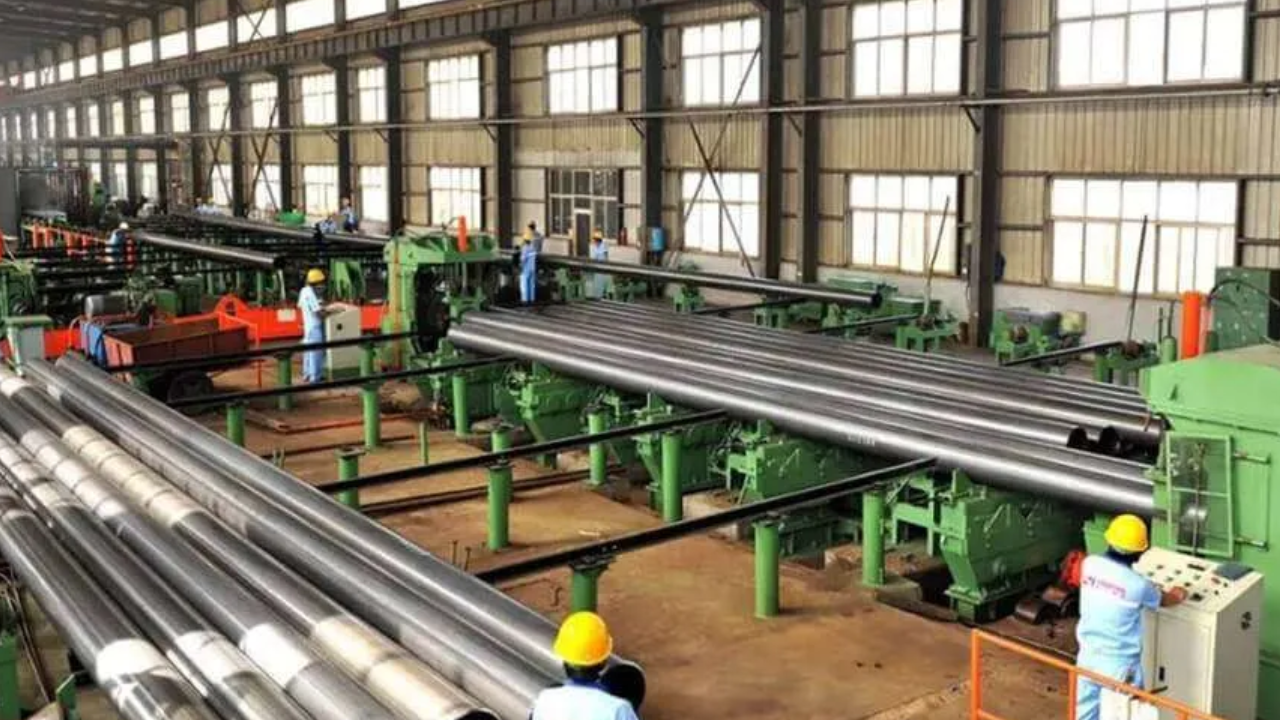Hollow Structural Section (HSS) steel, with its hollow tubular cross-section, stands as a flexible and prevalent choice in development. Its structural efficiency hinges essentially on its measurements. The shape, measure, and wall thickness of HSS steel use impressive impact over its load-bearing capacity, performance, and in general productivity in basic endeavors.
Engineers meticulously consider these measurements to guarantee ideal execution and reliability in different applications, from columns and beams to chassis and pipelines. By fine-tuning the measurements of HSS steel, architects can accomplish a delicate adjustment between quality, weight, and material productivity, coming about in structures that are not as it were strong but too cost-effective and feasible. In this way, the accuracy in dimensional determinations develops as a foundation for maximizing the potential of HSS steel in modern development hones.
Dimensional Accuracy and Effectiveness
The precision in hss size is vital to its structural productivity. Precise measurements guarantee that HSS areas fit together consistently, diminishing the requirement for on-site alterations and upgrading the general solidness of the structure. Advanced fabricating methods, such as high-frequency welding and cold-forming, empower the generation of HSS steel with tight dimensional resistances, contributing to its auxiliary effectiveness in a few ways:
Load-Bearing Capacity
The load-bearing capacity of HSS steel is straightforwardly related to its measurements. Bigger measurements with suitable divider thickness can bolster higher loads, making HSS reasonable for critical basic components such as columns, beams, and trusses. The minute of idleness, a degree of an object's resistance to bowing, increments with bigger cross-sectional measurements, improving the section's capacity to resist bowing minutes and shear strengths.
Material Productivity
Optimizing HSS measurements ensures material productivity, decreasing waste and bringing down costs. By selecting suitable measurements for particular applications, engineers can minimize the sum of steel utilized without compromising basic astuteness. This approach not as it were spares fabric costs but also diminishes the natural effect related to steel generation and transportation.
Weight Reduction
HSS steel's hollow nature inalienably decreases its weight compared to strong areas. Be that as it may, optimizing the measurements advance upgrades this advantage. Decreasing divider thickness while keeping up general measurements can altogether lower the weight of HSS components, making them simpler to handle, transport, and introduce. This weight diminishment contributes to speedier development times and lower labor costs.
Development Industry
Within the development industry, HSS steel is broadly utilized for columns, beams, and trusses. Optimized measurements guarantee that these auxiliary components can bear the specified loads while minimizing material utilization. For case, CHS is regularly utilized for columns in high-rise buildings due to its fabulous stack dispersion and stylish request. RHS and SHS are commonly utilized for pillars and supports in measured development, where exact measurements guarantee productive get-togethers and soundness.
Automotive Industry
Within the car industry, HSS steel is utilized for chassis and roll cages. The measurements of HSS components are basic to accomplishing the vital quality and solidness while minimizing weight. Optimized measurements upgrade the vehicle's auxiliary astuteness, and progress security, and contribute to fuel effectiveness by decreasing general weight.
Machinery and Hardware
HSS steel is utilized within the apparatus industry for basic outlines of transport frameworks, cranes, and other gear. Exact measurements guarantee that these structures can withstand energetic loads and stresses without deformation. The capacity to manufacture HSS steel with tight resilience improves the execution and unwavering quality of apparatus and equipment.
Oil and Gas Industry
Within the oil and gas industry, HSS steel is utilized for pipelines and offshore structures. The measurements of HSS components are basic to their execution in cruel situations. Optimized measurements give the fundamental quality and resistance to outside weights, guaranteeing the secure and effective transport of liquids. The lightweight nature of HSS too encourages simpler establishment and upkeep of pipelines and seaward stages.
Conclusion
HSS dimensions play a pivotal part in deciding the auxiliary effectiveness of Empty Auxiliary Area steel. The shape, estimate, and divider thickness of HSS components impact their load-bearing capacity, material proficiency, weight, and general execution in different applications. Progresses in fabricating strategies have empowered the generation of HSS steel with exact measurements, improving its basic effectiveness and broadening its appropriateness.


